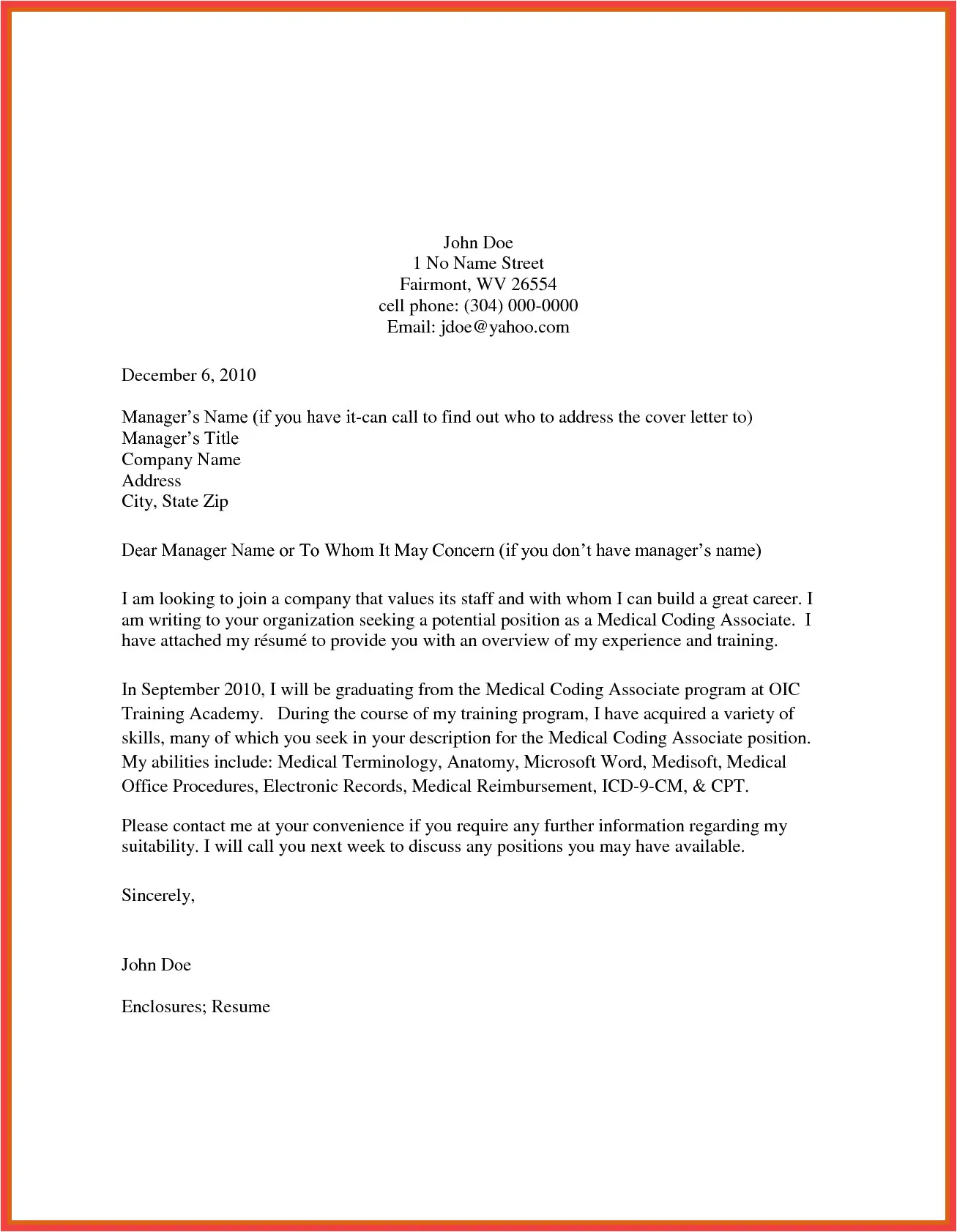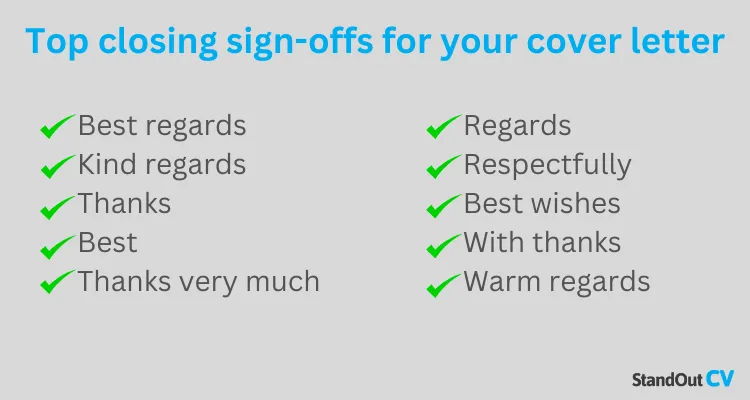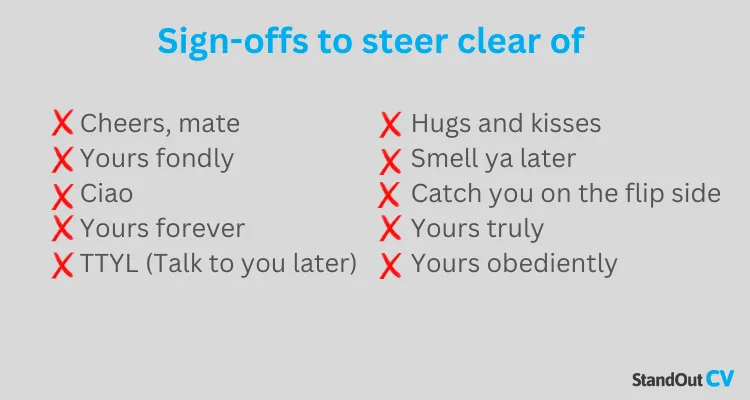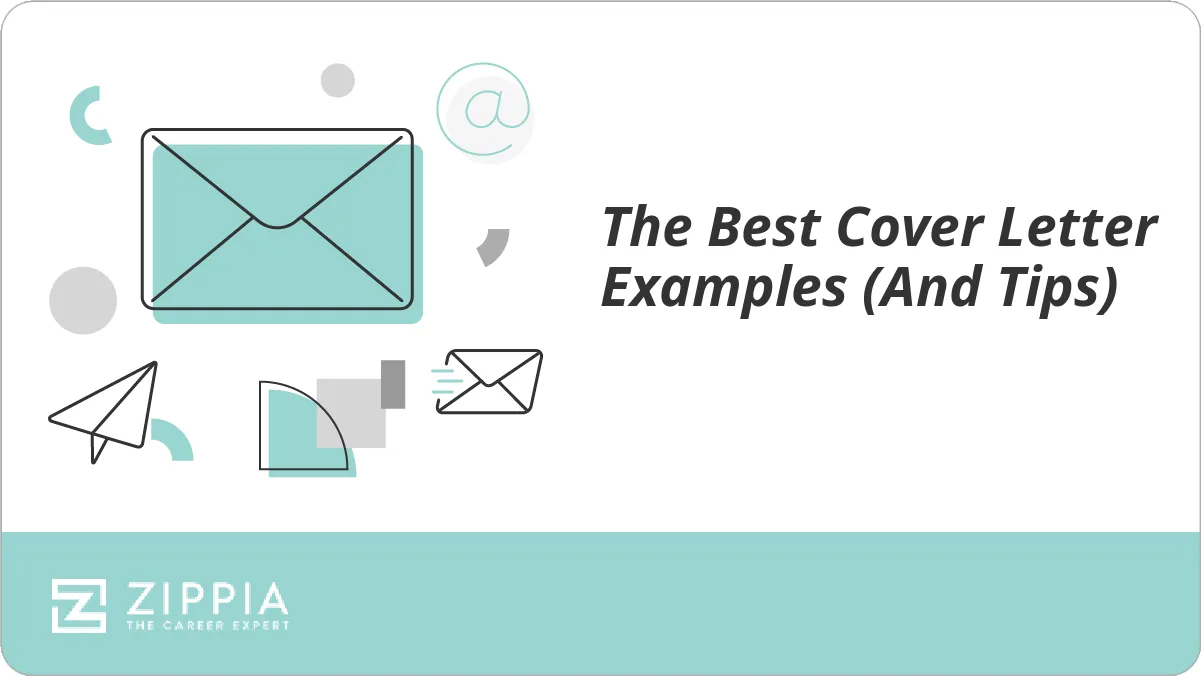What is a Cover Letter
A cover letter is a crucial document accompanying your resume when applying for a job. It serves as a formal introduction and a chance to elaborate on your qualifications, skills, and experiences. Unlike a resume, which offers a brief overview, a cover letter allows you to provide context, showcase your personality, and demonstrate your genuine interest in the specific role and company. It should be tailored to each job application, highlighting the relevant aspects of your background and explaining why you’re the perfect fit. Think of it as your personal sales pitch, designed to convince the hiring manager to read your resume and, ultimately, invite you for an interview. A well-written cover letter can significantly increase your chances of getting noticed and landing your dream job.
Why is a Cover Letter Important
In today’s competitive job market, a cover letter is more than just a formality; it’s a strategic tool to differentiate yourself. It provides an opportunity to go beyond the bullet points of your resume and tell a story. This story should highlight your accomplishments, explain your career goals, and demonstrate your understanding of the company and the role. Without a cover letter, you might miss out on conveying your enthusiasm and making a personal connection with the hiring manager. It allows you to directly address the employer’s needs and explain how your skills align with their requirements. A compelling cover letter can make you stand out from other applicants and make a lasting impression.
Cover Letter Benefits

Cover letters offer several benefits that can significantly boost your job application. Firstly, they provide an opportunity to personalize your application. By tailoring the letter to the specific job and company, you demonstrate that you’ve done your research and are genuinely interested in the opportunity. Secondly, they allow you to elaborate on your experiences and skills. You can expand on achievements listed in your resume, providing context and quantifying your results. Furthermore, cover letters showcase your communication skills. A well-written letter demonstrates your ability to express yourself clearly and concisely, a critical skill in any professional setting. Finally, they increase your chances of securing an interview by creating a strong first impression and highlighting your unique value proposition.
How to Structure a Cover Letter
The structure of a cover letter is crucial for making a positive impression. It typically consists of several key components, including a header, an opening paragraph, a body, and a closing paragraph. Each section plays a specific role in conveying your message effectively. The header contains your contact information and the date. The opening paragraph should grab the reader’s attention and state the purpose of your letter. The body paragraphs provide details about your skills, experiences, and how they relate to the job. Finally, the closing paragraph should reiterate your interest and include a call to action. By following a clear and organized structure, you can ensure your cover letter is easy to read, professional, and compelling.
Cover Letter Header Essentials
The header of your cover letter is the first thing the hiring manager will see, making it essential to get it right. It should include your full name, contact information (phone number, email address, and LinkedIn profile URL), and the date. The date should be the same as when you are sending the application. This section should be clean, professional, and easy to read. Ensure your contact information is accurate and up-to-date so that recruiters can easily reach you. It’s also a good practice to include the name of the hiring manager or the recipient if you know it. Finally, format your header consistently with your resume to maintain a cohesive and professional look.
Cover Letter Opening Paragraph that Grabs Attention

The opening paragraph of your cover letter is critical for grabbing the reader’s attention and making them want to continue reading. Avoid generic openings. Instead, aim for a personalized approach that highlights your enthusiasm for the role and the company. You can mention where you found the job posting, briefly state the position you’re applying for, and express your interest. Another effective strategy is to mention a mutual connection or refer to something specific about the company that resonates with you. The opening paragraph should be concise, engaging, and set the tone for the rest of your letter. Your goal is to make a strong first impression and encourage the hiring manager to learn more about your qualifications.
Tips for Writing a Compelling Cover Letter Opening
Crafting a compelling opening is key to a successful cover letter. Start by researching the company and the specific role to tailor your opening. Avoid generic phrases like, “I am writing to express my interest…” Instead, try to show genuine enthusiasm and highlight what excites you about the opportunity. If possible, mention a specific achievement or skill that aligns with the job requirements. Consider using a strong statement that reflects your understanding of the company’s values or mission. For instance, if the company values innovation, express your passion for creative problem-solving. Proofread the opening carefully to ensure it is free from errors and reflects your professionalism. A well-crafted opening can significantly increase the chances of your cover letter being read and your application being considered.
Cover Letter Body The Middle Game
The body of your cover letter is where you provide the details about your skills, experiences, and how they align with the job requirements. Each paragraph should focus on a specific skill or accomplishment that demonstrates your qualifications. Use the job description as a guide to identify the key skills and experiences the employer is seeking. Provide specific examples of how you’ve applied these skills in past roles, quantifying your achievements whenever possible. For instance, instead of saying you’re a good project manager, mention the number of projects you’ve successfully managed, the budgets you handled, and the results you achieved. Ensure the body paragraphs are well-organized, concise, and easy to read, using clear and professional language.
Highlighting Your Skills and Experience

In the body of your cover letter, it’s essential to highlight your relevant skills and experience. Begin by identifying the key skills and experiences mentioned in the job description. Then, for each skill, provide a specific example of how you’ve used it in a previous role. This could involve describing a project you managed, a problem you solved, or a goal you achieved. Quantify your results whenever possible using numbers and metrics to demonstrate the impact of your contributions. For example, instead of saying you improved customer satisfaction, mention the percentage increase in customer satisfaction scores. Tailor your examples to the specific requirements of the job and use action verbs to make your descriptions more impactful. This approach demonstrates that you not only possess the required skills but also have a proven track record of success.
Cover Letter Closing Paragraph that Secures the Interview
The closing paragraph of your cover letter should reiterate your interest in the position and encourage the hiring manager to take the next step. Express your enthusiasm for the opportunity and thank them for their time and consideration. Include a call to action, such as stating that you’re available for an interview and look forward to discussing your qualifications further. You can also mention how your skills and experience align with the company’s goals or culture. It is important to keep the closing paragraph brief, professional, and forward-looking. Proofread the entire letter, including the closing paragraph, to ensure there are no errors and that your contact information is accurate.
Key Takeaways for Cover Letter Success
Writing a compelling cover letter is essential for job seekers. Here are some key takeaways to help you succeed. First, always tailor your letter to the specific job and company, demonstrating that you’ve done your research. Second, highlight your relevant skills and experiences, providing specific examples of your achievements. Third, use action verbs and quantify your results whenever possible. Fourth, proofread your letter carefully to eliminate any errors in grammar or spelling. Fifth, make sure the structure is clear and concise, with an engaging opening, informative body, and persuasive closing. Finally, always include a call to action and express your enthusiasm for the opportunity. Following these tips will significantly increase your chances of getting noticed and landing an interview.
